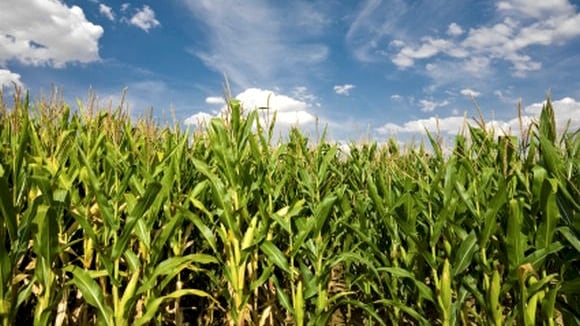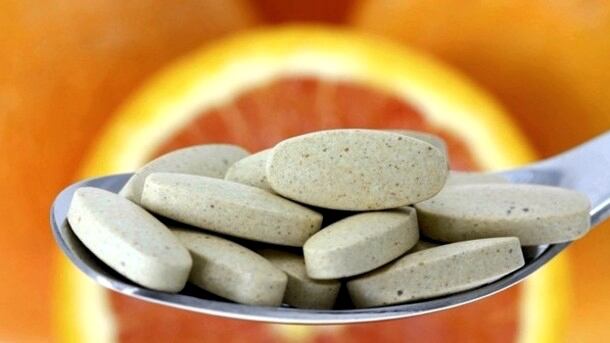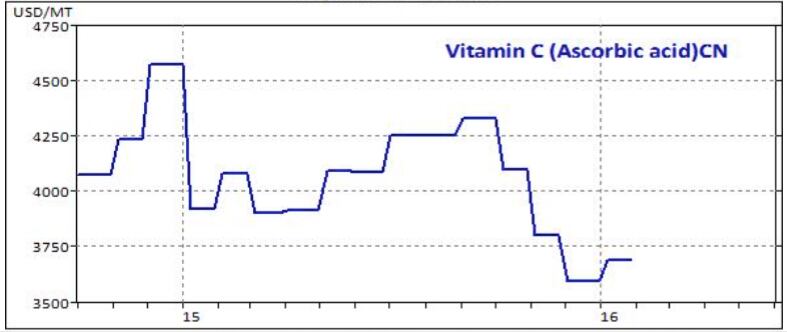KFC parent Yum! Brands first intended to enter Tibet in 2004, but pulled out after the Dalai Lama, the country’s exiled spiritual leader, wrote a letter to the company to criticise the move. Yum! cited economic reasons for its withdrawal.
The plan was put back on the table last year when Yum! said a franchisee would open the new restaurant in Lhasa.
The two-storey, 540-square-metre restaurant is expected to be joined by a 4.67-hectare frozen storage warehouse in the city's suburbs "to prepare for further expansion in the region”.
In a statement on the opening of the new store, the Free Tibet movement said there was nothing wrong in principle for western companies to do business in Tibet, but claimed it was Yum!’s responsibility to ensure that Tibetans were “hired, trained and promoted fairly”, with Tibetan used throughout the restaurant.
“If Yum! treats Lhasa as just another Chinese city with its eye on the Chinese and foreign tourist market, it is playing into the hands of China’s government,” the statement said.
“The onus is on Yum! to show that its commitment to the community is not tokenistic and superficial. They haven’t done that yet.”
Speaking to AFP, the International Campaign for Tibet said it was approaching Yum! about how it was complying with the US Tibet Policy Act, which requires investments to protect Tibetan culture and livelihoods, and its own pledges of corporate social responsibility.
"It is hard to see how they will be able to implement those principles given the political climate in Lhasa today," said its president Matteo Macacci.
"Tibetans are largely marginalised, economically disadvantaged and subject to a social and economic agenda imposed from the top down in order to ensure the control of the Chinese Communist Party over Tibet.”
Meanwhile, Xinhua said that criticism of KFC for opening the branch was “just plain silly”.
In a rambling editorial that stressed Tibet’s economic development under China, the official news agency said: “The opening of the restaurant more than a decade after KFC planned to establish a foothold in Tibet reflects the economic and social development the region has witnessed in recent years, something separatists routinely overlook.”
It ended by saying: “No one except for the Dalai Lama and his clique desires to return to the self-enclosed and poor Tibet of more than half a century ago. A modern Tibet is a nightmare for the separatists. It means their political influence is waning and that Tibetans are ready for change.”
Yum!, which appears to have been keeping a low profile regarding the Lhasa opening, has yet to issue a statement.
More stories from China…
Study: Excesses salt in pregnancy could damage baby’s liver
Chinese researchers believe that exposure to high levels of salt could lead to foetal liver damage.

In a study on juvenile mice and chick embryos published in the Journal of Agricultural and Food Chemistry, scientists at Jinan University in Guangzhou found that the subjects exposed to high levels of salt showed signs of liver fibrosis and increased cell death in the liver.
In cell culture studies, high salt exposure was linked to the production of reactive oxygen species and could be partially alleviated by treatment with vitamin C, which was tested due to its well-known antioxidant properties.
Though the effects of excessive salt intake in adults are well documented, much less is known about its impact on the developing foetus.
“[Our] experiments suggest that high salt intake would lead to high risk of liver damage and fibrosis in both adults and developing embryos,” the authors, led by Yang Xuesong, wrote.
“The pathological mechanism may be the result from an imbalance between oxidative stress and the antioxidant system.”
The authors now intend to explore this mechanism further and identify other antioxidants that could prevent liver damage, Professor Yang told Asian Scientist.
“High salt consumption in adults is known to increase the risk of cardiovascular diseases. Our study suggests that high salt intake during pregnancy should not be ignored as it not only leads to adult diseases but also negatively affects the development of the foetus,” he said.
“Additionally, the negative impact may be cumulative—i.e. it probably enhances the possibility for suffering from cardiovascular diseases to those individuals when they become adults.”
Though the liver is an important metabolic organ in adults, with liver fibrosis generally progressive and irreversible, scientists have paid little attention to liver damage at the embryonic stage, Prof. Yang added.
The World Health Organisation recommends a maximum salt intake of 5g a day. It estimates that 1.65m deaths a year globally are due to excess salt consumption, with people in 181 countries consuming more than the recommended limit.
Report: China offers increasing promise to grain growers and traders
Though China's corn yield has been growing at an annual rate of 4.14%, the country imported 4.73m tonnes in 2015—an increase 82% over the previous year.

Last year, domestic production reached 224.58m tons, according to official figures, and corn has become China's most important variety of food crop.
However, only around one-third of it is eaten directly while the rest is used as fodder or industrial material.
According to a new report by Research and Markets, an analyst, macroeconomic situations exert greater influence on corn than on other staples such as wheat and rice. In recent years, the demand for corn in China has stayed high due to increased economic development and improvements in average living standards.
As China develops, the demand for meat, eggs and milk will keep increasing alongside demand for grains used as fodder. However, due to the deepening urbanisation and low gains of planting industry, increasingly more rural workers move to cities for jobs instead of engaging in agriculture.
In the long-term, China will to remain the largest grain importer in the future, R&M says. As planting space needed to grow the country’s corn yield is limited, the demand gap will expand further.
The annual import of corn and its substitutes is expected to surpass 10m tons in the next few years, making China a substantial investment opportunity for grain growers and trade companies, the analyst predicts.
High Chinese Vitamin C production drives prices down
2015 was a difficult year for the vitamins industry, with many varieties seeing a decline in prices, according to commodities analyst Mintec.

China, a major producer of vitamin C, saw prices fall in the first-half of 2015, due to lower demand. In December, vitamin C prices were down by 20% year on year.
Demand for vitamins has decreased in China in recent years from sectors such as the pharmaceutical industry, which a decline of 2% year on year in 2015, and 8% from 2011.
To sustain prices, many vitamin manufacturers closed down production in the summer months. However, in the second-half of last year, production lines came back online, increasing supply and leading to a further fall in prices towards the end of the year.

Global demand for vitamins stood at 120,000 tonnes in 2015, while Chinese manufacturing capacity exceeded this by about 30,000 tonnes.
Despite the gains seen at the beginning of 2016, vitamin C prices are expected to remain at lower levels in the first-quarter of 2016.
Conversely, global demand from health foods and nutraceuticals is constantly growing, especially in Western countries, which should support future vitamin sector growth, Mintec predicts.
China amends health food naming regulation
Health foods with names that are indicative of physiological functions will be prohibited from May, according to an announcement by the China Food and Drug Administration.
However, existing brands have been given a period of grace to phase out their old names to adhere to the new regulation. Such brands will also be permitted to use dual brand names including the original product name.
Those taking this route must display the new name in a format that is at least twice the size of the original name, which in turn will not be allowed after January 1, 2017.
